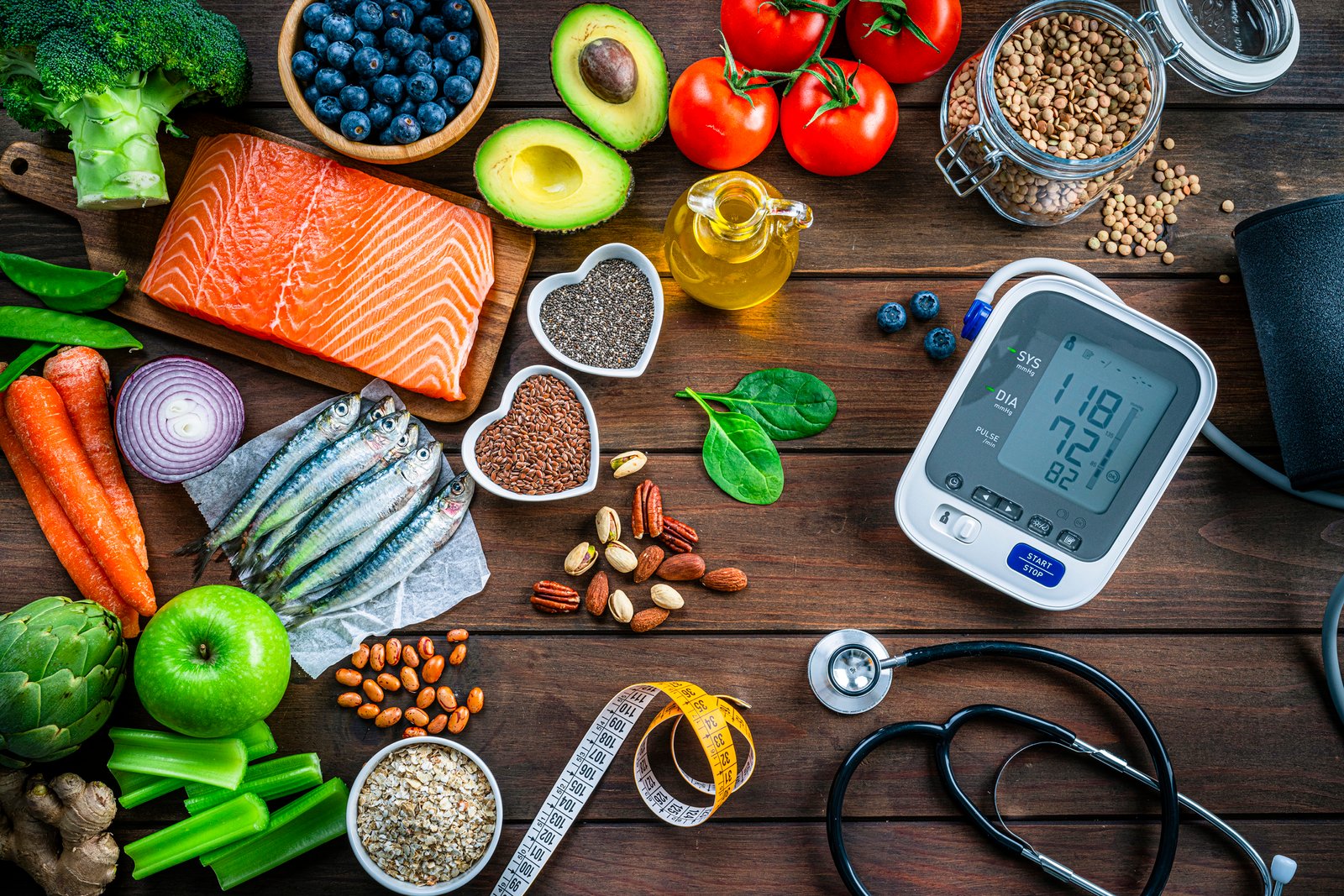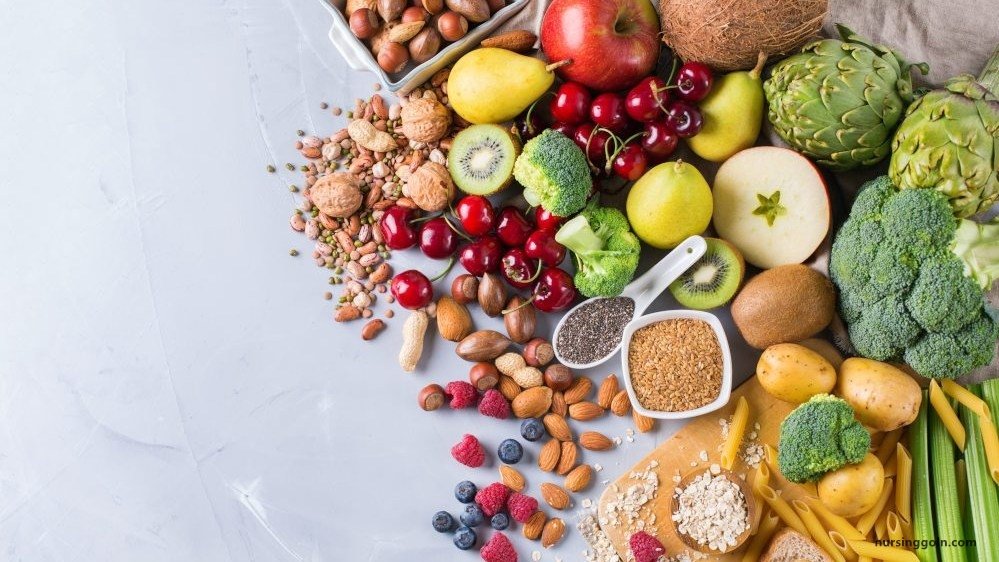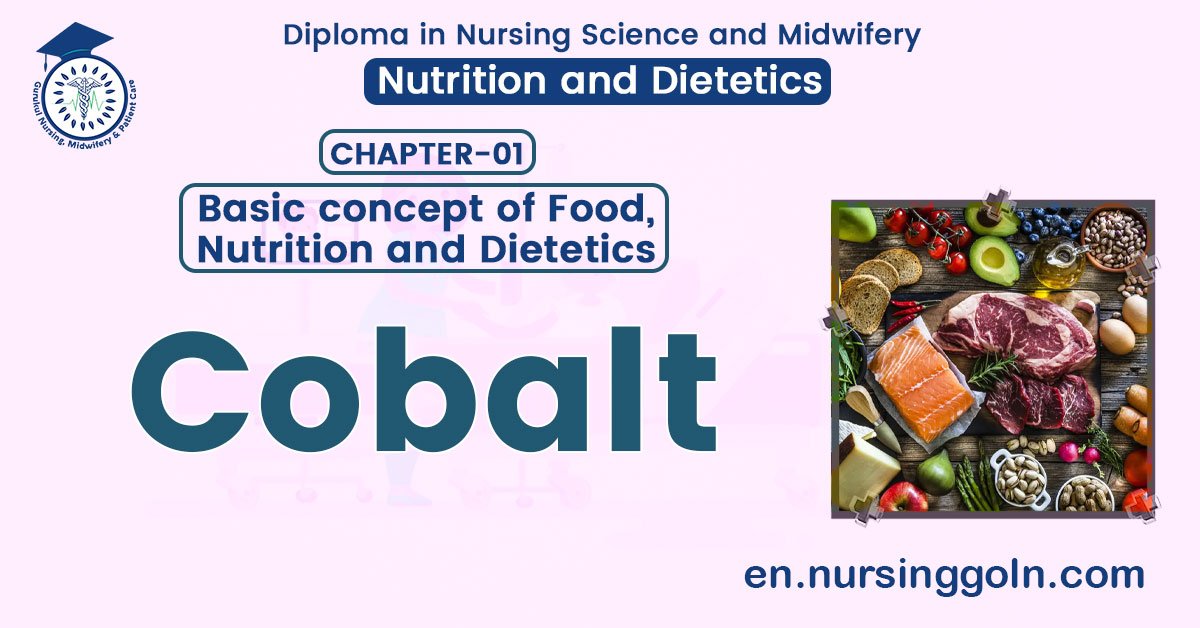Concept about Cobalt – This book covers the entire syllabus of “Nutrition and Dietetics” prescribed by BNMC-for all Diploma in Nursing Science and Midwifery students. We tried to accommodate latest information and topics. This book is examination friendly setup according to the teachers’ lectures and examination’s questions. At the end of the book previous university questions are given. We hope in touch with the book students’ knowledge will be upgraded and flourished. The unique way of presentation may make your reading of the book a pleasurable experience.

Concept about Cobalt
Cobalt (Co):
Cobalt occurs in small amounts in all tissues, highest concentration occurring in liver and kidneys. Most of the cobalt is present in vitamin B12. Cobalt present in the diet is absorbed to the extent of 70-80 percent and about half the absorbed cobalt is excreted in the urine.
The excretion in the faces is 20 to 30 percent of the intake. It is known to take an essential role in the metabolism of the sulphur containing amino acid methionine” Its deficiency is unlikely because a variety of food items contain this trace element required. Generally speaking, foods rich in vitamin B12 (viz. liver, meat, milk, whole meal flour etc.) are good natural sources of cobalt. Recommended daily requirement is 0.3 mg.

Functions of cobalt:
1. Necessary for the first stage of hormone production.
2. Cobalt may be necessary for the first stage of hormone production and capture of iodine by the gland.

Effects of cobalt deficiency:
1. Cobalt deficiency have shown to produce goiter in human.
2. Cobalt may interact with iodine and affect its utilization.
3. Human beings require a dietary source of vitamin B12 and cannot synthesize it in the body
Read more:
